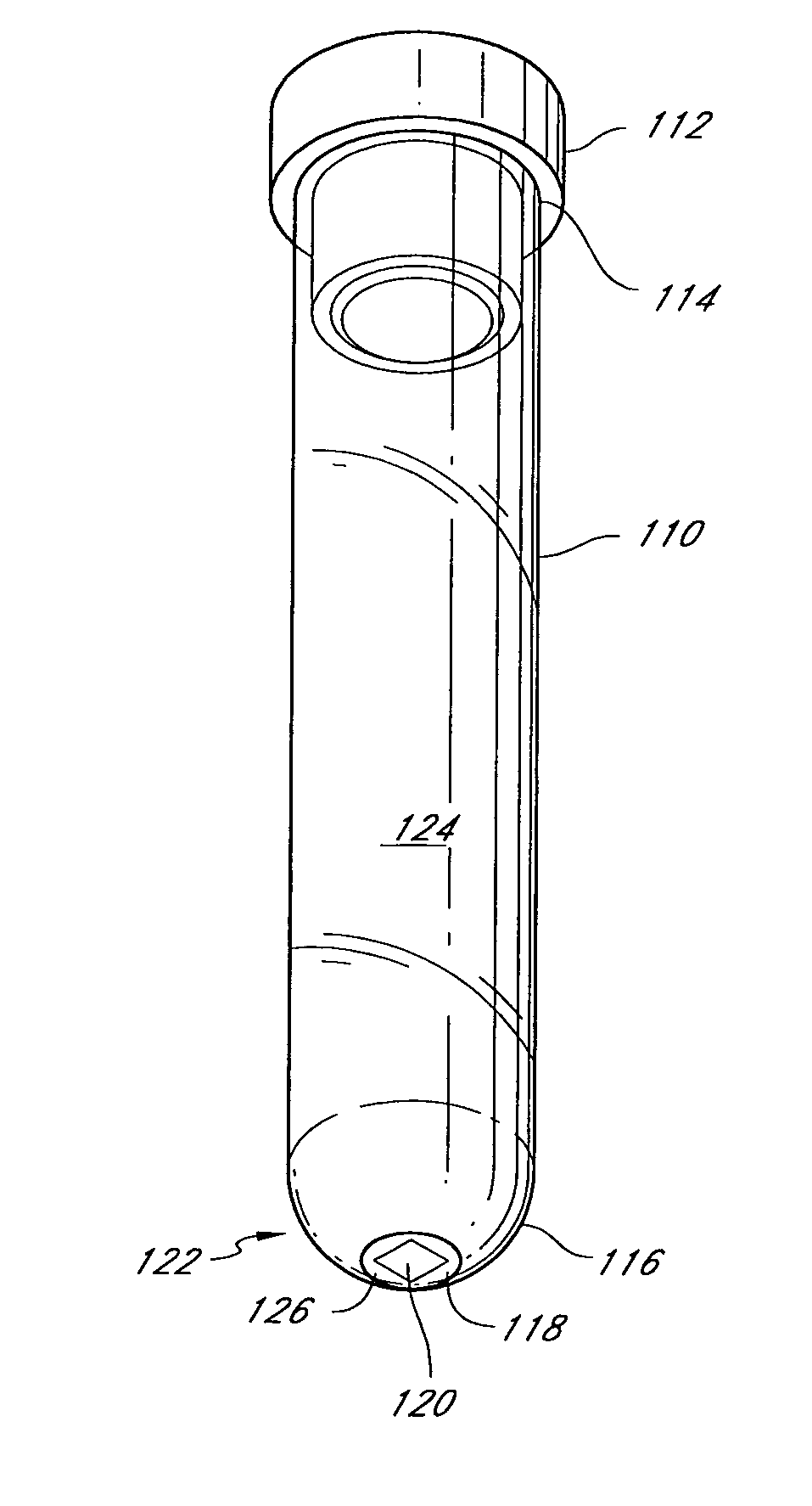Systems for tracking and testing of medical specimens and data
a technology for medical specimens and data, applied in the field of systems for obtaining and organizing information, can solve the problems of repetitive human labor and human error in the data input and tracking process, the time it takes for a test to be performed, and the process of obtaining and storing patient and test information is complicated, so as to achieve the effect of improving the time it takes for a tes
- Summary
- Abstract
- Description
- Claims
- Application Information
AI Technical Summary
Problems solved by technology
Method used
Image
Examples
Embodiment Construction
[0055] Certain exemplary embodiments of the inventions will now be described. The various features of these embodiments can be combined and / or modified to produce additional embodiments not specifically described, and the subject matter of the inventions can be applied in other contexts, all of which is encompassed by the present inventions.
[0056] Turning now to FIG. 1, a sample container 100 is provided with an integral data storage device 102. In some embodiments, the sample container 100 is a test tube, such as a test tube for receiving a sample of a patient's blood, and the integral data storage device 102 is an electronic means for receiving electronic signals, storing such signals in a medium, and communicating data relating to such signals to a receiver at the appropriate time. In some embodiments, the integral data storage device 102 is an integrated circuit chip such as a radio-frequency identification (RFID) chip. An example of such a chip is the ME-Y 2004 RFID chip manuf...
PUM
 Login to View More
Login to View More Abstract
Description
Claims
Application Information
 Login to View More
Login to View More - R&D
- Intellectual Property
- Life Sciences
- Materials
- Tech Scout
- Unparalleled Data Quality
- Higher Quality Content
- 60% Fewer Hallucinations
Browse by: Latest US Patents, China's latest patents, Technical Efficacy Thesaurus, Application Domain, Technology Topic, Popular Technical Reports.
© 2025 PatSnap. All rights reserved.Legal|Privacy policy|Modern Slavery Act Transparency Statement|Sitemap|About US| Contact US: help@patsnap.com



